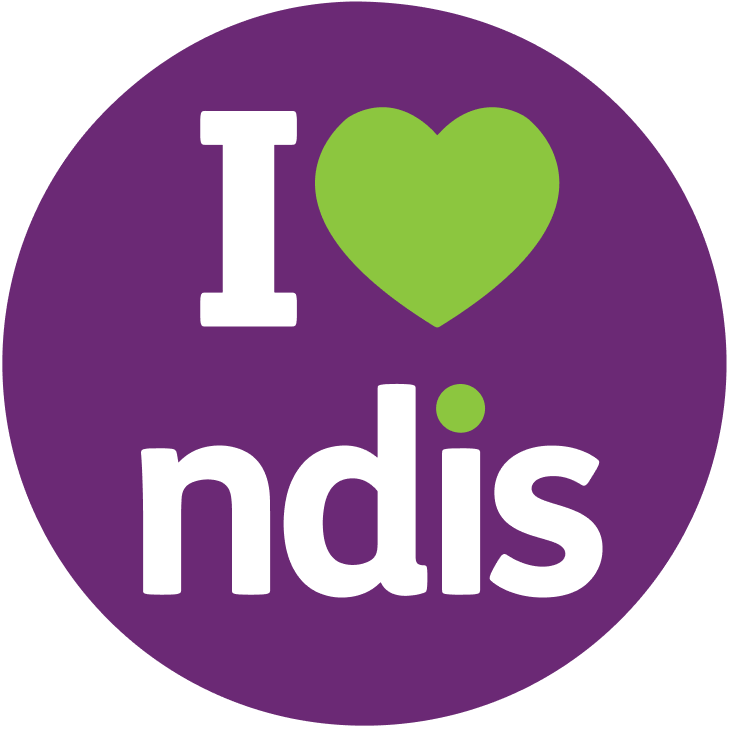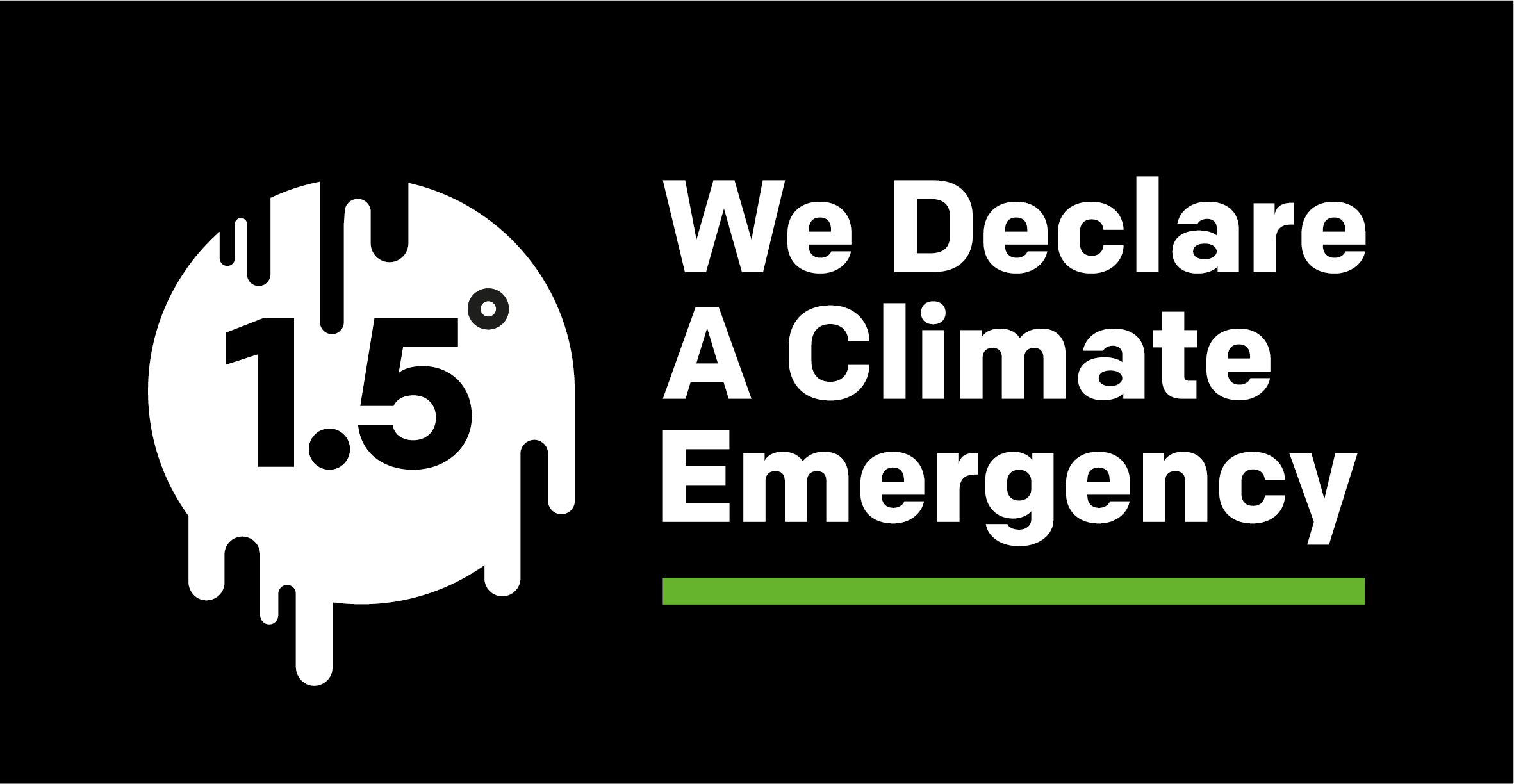Restrictive practices
It’s important for you to know what restrictive practice is when working as an AHA to ensure that:
- You are avoiding the risks of applying it and
- You know how to report if used within the workplace.
DEFINITION:
- VIC Health definition“The use of restraint is a significant infringement of a person’s right to free movement, privacy, liberty and freedom from medical treatment without full, free and informed consent. Restraint should only be used as last resort after other options have been considered and excluded, and for the purpose of protecting the person from an immediate, imminent and significant risk to their health or safety.” Victorian Government Department of Health (2010).
- NDIS definitionThe National Disability Insurance Scheme (NDIS) Act 2013 (Section 9) defines a restrictive practice as ‘any practice or intervention that has the effect of restricting the rights or freedom of movement of a person with a disability’.
TYPES OF RESTRICTIVE PRACTICES
- Chemical Restraint
- The use of medication to control a person’s behaviour.
- For example; Giving medication, such as; sedative to a client.
- Mechanical Restraint
- The use of a device to limit someone’s movement or control behaviour. Often to reduce risk of someone hurting themselves or others.
- For example; Includes the use of anklets, wristlets, helmets with fasteners (if unable to undo themselves), poseys, waist straps, head straps, papoose boards, restraining sheets and similar devices when not stated in the behaviour support plan.
- Physical Restraint
- The use force to make a person do something or hold them so you can control their behaviour.
- For example; An common example is tucking in a sheet tightly so it prevents movement fastening fabric or clothing in such a way that freedom of movement is restricted.
- Environmental Restraint (Restricted Practice)
- The restriction a person’s free access to all parts of their environment, including rooms, cupboards, items/objects or activities.
- For example; A common example is locking clients house or room where they are unable to unlock it.
- Seclusion
- The person is left isolated in a space and is unable to leave against there wishes.
- For example; Sole confinement of a person with the understanding that they are unable to leave the space
WHAT’S FORA’S STANCE ON RESTRICTIVE PRACTICES?
At Fora there’s a NO Restrictive Practices policy:
Fora Therapy (and therefore our employees) are NOT registered to apply restrictive practices (RP). RP training is quite intensive and majority of our employees do not have this training.
Avoiding the use of chemical, mechanical, physical, environmental restraint and seclusion is a crutial part of your duty of care as an Allied Health Assistant or Allied Health Professionals.
- What is Duty of care?Duty of care is defined as the legal obligation to avoid causing harm to another person; especially through negligence (i.e. without the exercise of reasonable care). Duty of care requires that you do your utmost to ensure the safety of your patient/clients, yourself and your work colleagues. You must comply with occupational health and safety requirements and report any potential hazards or unsafe practice.
WHEN CAN RESTRICTIVE PRACTICES BE USED?
- Regulated restrictive practices can only be used by registered workers if they are part of a positive behaviour support plan.
- What is a Behaviour Support Plan (BSP)?A Behaviour Support Plan is a document prepared in consultation with the person with disability, their family, carers, and other support people that addresses the needs of the person identified as having complex behaviours of concern. The BSP should provide you with comprehensive details on the use of the regulated restrictive practice.
- Therefore, Fora employees (unregistered providers) cannot use restrictive practices even if the client has other workers that do use them.
- For example, an AHA working with a client with a BSP (created by their Behavioural Support Practitioner) should still not use RP. RP on the client should only be conducted by the Behavioural practitioner, family/ carers, or RP registered providers as would be listed in the BSP.
- However, RP may be used by Fora employees in the case of “a last resort in response to risk of harm to the person with disability or others, and after the provider has explored and applied evidenced-based, person-centred and proactive strategies”. When the positive behaviour support plan is monitored and reviewed.
- For example, an AHA locking the house door when working with a child with a history of absconding.
- The use of unauthorised and authorised restrictive practices must be reported to FORA which will report to NDIS Quality and Safeguards Commission.
CASE STUDIES:
Ben, 35 year old male.
Ben has a background of chronic schizophrenia, managed by his GP and with regular reviews by his long-standing psychiatrist. His medication is risperidone. He is happy in the government housing service and states that he enjoys staff interactions and social opportunities provided. Ben understands why he is on the medication, and his doctors have assessed that he is able to give his own consent.
Question:
Is this chemical restraint?
Answer:
This IS NOT chemical restraint. The medication is to treat a diagnosed mental condition (schizophrenia) and Ben is consenting.
Emma, 72 year old female.
Emma was diagnosed with dementia three years ago and is taking donepezil (Aricept).
She has transitioned to a secure residential service due to late night wandering and becoming lost. She can become aggressive with family members when escalated. Emma was agitated and upset when she arrived at the service. There are keypads on the doors and Emma does not know the access code. She has repeatedly tried to follow staff and visitors out the doors. Staff are very vigilant about preventing her from leaving as there is a risk that she will get lost or wander near busy roads.
Question:
What type of restrictive practice is being applied?
Answer:
This IS environmental restraint. The locked environment is preventing Maria from going where she wants to. Because Maria is distressed and constantly exit-seeking, the aged care staff request the assistance of available behaviour support resources and assistance from the family, to reassure her and give staff strategies to help her settle in. This is used to inform development of her behaviour support plan. Maria’s GP is also asked to help, assesses her and suggests that a low dose of risperidone in the short-term might help with the behaviour and distress. Maria’s husband (who is her authorised representative) discusses this and gives his informed consent. The staff need to be satisfied that this consent has been provided and must document its provision. Maria is calmer. She is monitored for side effects such as drowsiness and there is a clear plan to document her behaviour and to review the need for the risperidone in the following weeks as she settles in.
This IS chemical restraint. Although Maria has a diagnosis of dementia, the risperidone is prescribed to manage her behaviour/s associated with dementia, it is not a drug to treat dementia itself. The donepezil she is taking is a drug to treat dementia, the risperidone is not; rather, it is being used to manage associated behaviour. The use of risperidone requires assessment, documentation and consent according to the Principles (including the consideration of alternative responses, and obtaining of informed consent from Maria’s husband, as her authorised representative) and the relevant state and territory legislation.
Andrew, 88 year old male
Andrew has mild dementia and is wheelchair dependent. He likes to go into the courtyard and sit in the sun and would like to go out of the service for a change of scenery and to do some shopping. The staff often do not have time to facilitate this and this is upsetting him. Andrew has a behaviour support plan documenting that he has no particular behaviours of concern but that he does get upset when he cannot leave. The behaviour support plan also documents why he cannot access the courtyard and community independently.
Question:
What type of restrictive practice is being applied?
Answer:
Andrew is being environmentally restrained. The locked environment, as well as his impaired mobility, are interfering with his free movement to do what he wants to do.
Jordan, 5 year old girl.
Jordan has just been recently diagnosed with level 3 Autism Spectrum disorder (asd) – level 3, social and behaviour and ADHD. Jordan is unmedicated and has recently started therapy with OT, ST and AHA. During AHA session; Jordan has been triggered with a new person entering her home. Jordan’s behaviours escalate and she starts hitting the AHA. The AHA verbally told Jordan to stop firmly, however this did not stop the behaviour. The AHA then proceeded to move away from Jordan within the home. Jordan followed and continued to kick and hit AHA.
Question:
What should the AHA do in the scenario?
Answer:
Leave the home environment if it is safe to do so, and submit an incident report to Fora and document this behaviour in their notes.
Brad, 9 year old boy.
Brad has been diagnosed with an Intellectual disability and is non-verbal. Brad has a behaviour support plan (BSP) that states his triggers and behaviours. The BSP strategies involve sensory integration of hugging Brad firmly from behind and apply deep pressure to parts of his body, enabling him to become calm when experiencing escalated behaviours.
Question:
Is this a strategy that an AHA can implement during a session as it is stated in the behaviour support plan?
Answer:
Yes, provided consent has been gained from Brad’s parent or guardian, and the instructions contained within the BSP are being followed.
Question:
If an AHA is not listed on the BSP to complete this restrictive practice, are they able to apply it?
Answer:
No, however Brad’s parents can be guided to apply this RP.
Question:
If this intervention contained within the BSP is applied, does it need to be reported to the NDIA as a use of restrictive practice?
Answer:
Yes – all use of restrictive practices, whether included within a BSP or not, need to be reported to Fora who will then report to the NDIA.
Mia, 4 year old girl.
Mia hasn’t a formal diagnosis and has just received her first NDIS plan. Mia has a history of absconding and has difficulty following instructions. To assist with Mia’s social skills and gross motor skills the AHA is completing session at public park/playground. In one session, Mia started to run towards the road. The AHA called Mia’s name loudly and continually however she did not stop running. The AHA ran behind her and took her hand to prevent her from running onto the road.
Question:
Is this action (AHA taking client hand and holding onto her) considered a restrictive practice?
Answer:
Yes.
Question:
Is this form of restrictive practice allowed?
Answer:
Yes, the AHA and Mia’s family should try to prevent this being needed, for example; avoiding public spaces near road when child has history of absconding.
Even though this restrictive practice was implemented to keep the child safe, it will still need to be reported to Fora as part of an incident report.
HOW TO REPORT AN UNAUTHORISED RESTRICTIVE PRACTICE
The use of a restrictive practice (even in the case of a last minute resort to avoid harm to the client) must be reported as a reportable incident to Fora, and subsequently the NDIS Commission immediately (< 3 days after incident occurred).
- You MUST fill out an incident report form within 24 hours of the incident:
- A link to fill out an incident form is immediately accessible from the sidebar upon logging into the Fora website as an AHA.
- A Fora Team Member will be notified after your form is submitted, and will attempt to respond within 1-2 business days.
- If this is a medical emergency, serious injury, or if you are unsure, you should first contact emergency services on 000.
- Fora Therapy will be requested by the NDIS Commission for Fora and the worker to submit an unauthorised RP form through a NDIS portal.
- Fora will contact the AHA involved and together complete and submit the unauthorised RP form to the NDIS portal.
- The NDIS Commission will assess the situation and get in contact with Fora / the client/ the AHA if they see fit.
HELPFUL LINKS AND RESOURCES
- Links to approach behaviour instead of using restrictive practice:
- Easy read fact sheet or RP:
- About Restrictive Practices:
REFERENCES
- Australian Government. (2013). National Disability Insurance Scheme Act 2013. Retrieved from https://www.legislation.gov.au/Details/C2020C00392.
- Australian Government (2014). National Framework for Reducing and Eliminating the Use of Restrictive Practices in the Disability Service Sector.
- Australian Government. (2018). National Disability Insurance Scheme (Restrictive Practices and Behaviour Support) Rules 2018.
- NDIS Quality and Safeguards Commission (2020). Regulated Restrictive Practices Guide. Penrith, Australia: NDIS Quality and Safeguards Commission. Accessed at https://www.ndiscommission.gov.au/document/2386 on the 8 December 2020.
- Office of Professional Practice: Restrictive Interventions Self-Evaluaton Tool (RISET) http://www.surveygizmo.com/s3/2741253/Has-a-Restrictive-Intervention-Occurred
- Ramcharan, P., Nankervis, K., Strong, M. & Robertson, A. (2009). Experiences of restrictive practices: A view from people with disabilities and family carers. RIMT University. United Nations (2006). United Nations Convention on the Rights of Persons with Disability.


